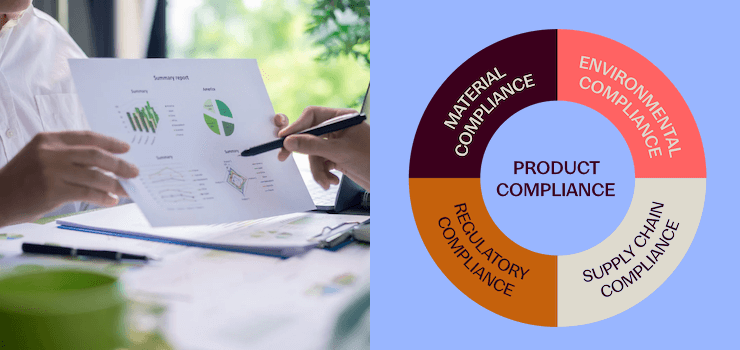Materials and substances are the foundational elements used to create larger components and complete products like smartphones, vehicles, and medical devices. Whether you're a small business or a large corporation, managing these materials is crucial for producing physical products.
Types of Materials
Materials can be classified into many different categories, here are the three main ones:
- Production Materials – These are directly involved in the manufacturing of products, such as metals for car engines or components in medical devices. Some may not be present in the final product, like volatile compounds that evaporate during production.
- Non-production Materials – Used in the production process but not in the final product, e.g., conveyor belts, packaging materials, or office supplies like pens and ink.
- Post-production Materials – These include service materials and chemicals used in maintenance and after the production phase.
Each category encompasses both dimensional materials (physical, shaped items like steel parts) and non-dimensional materials (fluids, chemicals, and mixtures).
Management Complexity
Managing these materials involves various processes across multiple departments, often developed independently, leading to a fragmented approach. The complexity is heightened by different IT tools and databases, which can result in inefficiencies. Effective Material Lifecycle Management is crucial to streamline these processes, reduce redundancies, and maintain consistent standards across the organization.
Regulatory Landscape
Material Compliance with substance-related regulations is essential for companies producing physical products. With increasing industrialization, regulations have proliferated, such as the European End of Life Vehicles Directive (ELV), Registration, Evaluation, Authorisation and Restriction of Chemicals (REACH), Restriction of Hazardous Substances (RoHS), and standards by the Occupational Safety and Health Administration (OSHA) in the US. These regulations mandate safe handling and reporting of both dimensional and non-dimensional materials, ensuring that health, safety, and environmental impacts are managed effectively.
Regulations are continually evolving, adding pressure on companies to adapt. EU REACH, for example, has influenced global standards, emphasizing transparency and traceability of substances in products. Initiatives like California Proposition 65 underscore the growing demand from consumers, NGOs, and government bodies for information on hazardous substances in products.
The Role of Integrated IT Solutions
Given the increasing complexity of regulations, some companies have developed specialized IT tools to manage material compliance. In the automotive industry, the International Material Data System (IMDS) was introduced to meet EU ELV requirements and has expanded to include regulations like REACH and TSCA. These tools help companies collect data, conduct compliance checks, and generate necessary reports.
Integrated IT solutions like iPoint Compliance are beneficial as they simplify the management of material life cycles and ensure compliance across various regulatory requirements. They reduce the need for multiple systems, lower the risk of errors, and improve data accuracy. This holistic approach enables companies not only to meet compliance standards but also to support broader sustainability and corporate responsibility goals.
Challenges and Opportunities
Companies face continuous challenges with new and changing regulations, such as additional restrictions to large chemicals groups like PFAS, conflict and critical mineral requirements, the EU Green Deal, and new directives under the Circular Economy Action Plan. Managing these demands requires sophisticated processes and tools that can adapt and provide comprehensive oversight of materials and substances.
Our Product Compliance Software iPoint Compliance is designed to help companies navigate the complex regulatory landscape by offering a comprehensive and integrated approach to material and substance management. This solution allows businesses to streamline their processes, reduce compliance risks, and maintain transparency across their entire supply chain.
Next on is our blog article on the Compliance and Substance Inspector.






.png)
